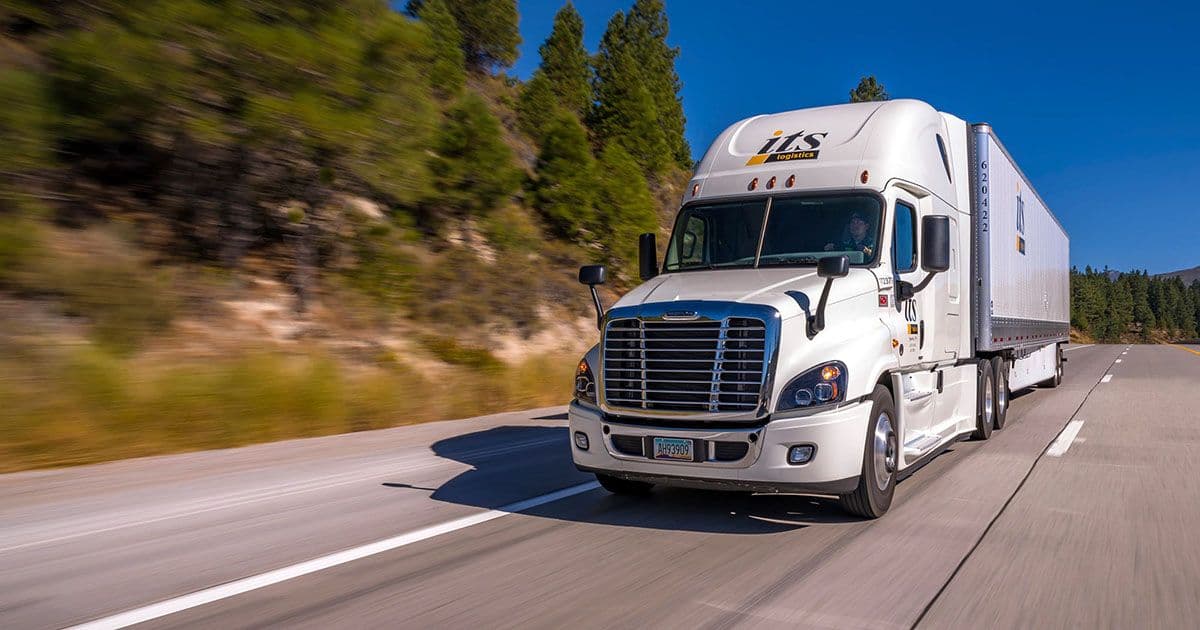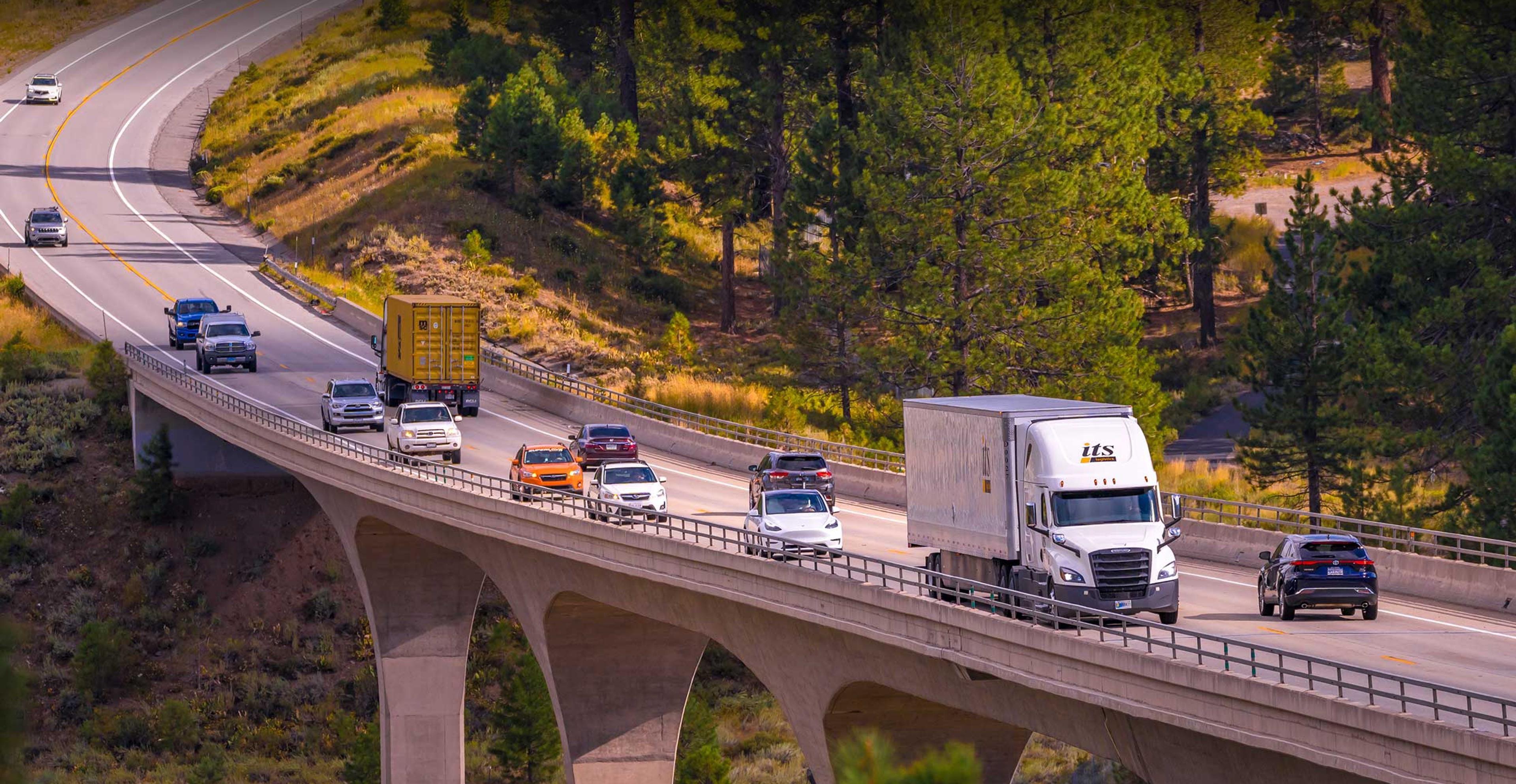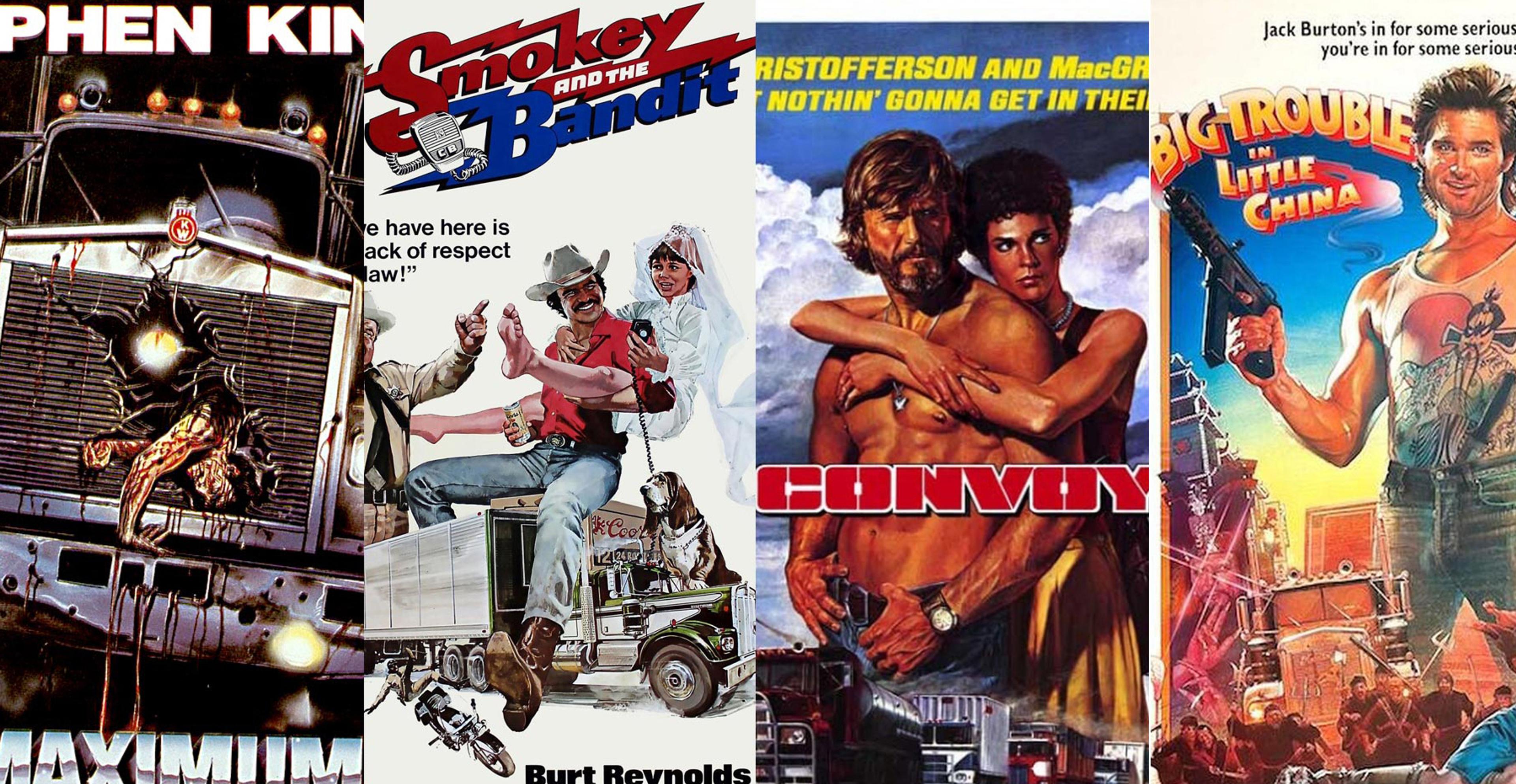
If you’re considering starting a career as a truck driver, the first thing you’ll need to do is get a commercial driver’s license (CDL). Getting a CDL can be a life changing decision that can open up many opportunities for you. It can also be a great career choice as the training is relatively short, truck driving jobs are in high demand, the pay is competitive, and it offers drivers the chance to travel across the United States. The amount of time it takes to get a CDL varies based on what type of license you decide to get. On average the length of truck driving programs depends on where you live, but generally, programs to get a Class C or Class B license are shorter than programs for Class A licensure. When considering CDL training, it’s important to keep your long-term career goals in mind so you can determine what license class and endorsements to sign up for. Read more about how to obtain a CDL below.
The Steps to Getting your CDL
Before you begin the process, getting a CDL may seem like a daunting task, but it can actually be broken into four simple steps. First, you’ll want to research CDL requirements specific to your state and the kind of license you are aiming to get, obtaining your commercial learners permit (CLP), getting any CDL endorsements you require, and lastly, passing your CDL skills test and obtaining your license. These steps can certainly take less time than getting a two-year or four-year degree and they are a great move for starting a fulfilling career as a truck driver.
Research CDL Requirements
The first thing you should do when researching CDLs is review your state’s eligibility requirements. These requirements can vary on a state-by-state basis, so you need to make sure you are eligible to get a CDL in your state. Each state has its own age, residency and medical requirements. Some states require you to be a resident for a certain amount of time before you can apply for a CDL, and the age requirements can vary from 18 to 21 years old.
After you’ve determined your eligibility, you need to decide what type of vehicle you want to drive, and which class of CDL and endorsements you’ll need to accomplish this. This information will determine the length and cost of your certification process. At ITS, we hire mostly CDL Class A truck drivers in our Dedicated Fleet Services division.
CDL License Classes Defined
- CDL Class A: This license is required to operate a vehicle or combination of vehicles with a gross combination weight rating of 26,001 or more pounds, provided the towed vehicle weighs more than 10,000 pounds. You need a CDL Class A license to drive tractor-trailers, tanker vehicles, livestock carriers, flatbeds, and most Class B and C vehicles, depending on endorsement requirements.
- CDL Class B: This type of license is required to operate any single vehicle that isn’t hitched to a trailer. This means commercial trucks that have an attached cab and cargo area with a combined weight of more than 26,000 pounds. Examples of vehicles you may drive with a Class B CDL are straight trucks, city buses, tourist buses, and school buses, box trucks, dump trucks, and some Class C vehicles with the correct endorsements.
- CDL Class C: This license is required to operate a single vehicle with a combined weight rating of less than 26,001 pounds, a vehicle towing another vehicle weighing less than 10,000 pounds, or that transports 16 or more passengers including the driver. Examples of vehicles you can drive with a Class C license are double/triple trailers, buses, tank trucks and HazMat vehicles
Pass CDL Permit Tests
After you’ve researched your state’s requirements for CDL drivers, the next step is to get your commercial learner’s permit. In order to do this, you must fill out a CDL application and bring it, along with any required documents, to your local DMV. You’ll then take a written test to demonstrate your understanding of the rules of the road. You will also likely be required to complete a background check. Once you’ve passed your written permit test, you need to practice with a supervising driver who has the same class CDL as the one you aim to obtain for a set number of hours. Some states also require that you complete an approved training or certification class before you are eligible to take your skills test.
Get your CDL Endorsements
Endorsements allow you to transport special types of goods and operate certain types of commercial motor vehicles. To earn endorsements, you need to pay a small fee and pass an additional road skills test or written test. There are six basic types of endorsements that can be obtained in addition to your CDL license:
- Passenger Transport endorsement
- School Bus/Passenger Transport Combo Endorsement
- Doubles/Triples Endorsement
- Tank Vehicle Endorsement
- Hazardous Materials Endorsement
- Tanker/HAZMAT Combo Endorsement
When you apply for your learner’s permit, you may be able to declare endorsements you plan to earn so you can get them at the same time. If you decide later in your career that you would like to get an additional endorsement, that can be added to your current CDL. It simply requires that you renew the endorsements when you renew your CDL.
Pass your CDL Skills Test
Once you’ve gotten a sufficient amount of practice in, you’ll need to schedule an appointment for skills testing to obtain your full CDL. Most states require that you have your permit for at least two weeks, and some require you to log a certain number of driving hours before taking the skills test. It is imperative to understand your state’s requirements prior to getting your license to ensure the process goes smoothly.
In order to get your full CDL, you need to pass a driving skills test with a licensed examiner. In some states, this can be done through a third-party examiner service or the DMV. The exact CDL exam depends on the type of vehicle you will be driving and will include testing on things like air brakes and the transmission. If the vehicle you are going to be driving has a manual transmission, then you must take your test in a manual transmission vehicle. After you pass this test, your examiner will issue your official CDL.

Getting Your CDL FAQ
What does the DMV require for getting a CDL?
Once you’ve met the CLP requirements for your state and are ready to get your license, there are a few things you should do to prepare. While these exact requirements can also vary from state to state, you must pass a background check and a medical exam prior to getting your CDL. When you go to the DMV to take your road test, you need to bring:
- Your CLP and CDL application
- Proof of identification, such as a social security card, military ID or passport
- Proof of residency, such as a utility bill or bank statement
- Proof of your background check and medical exam
- A valid medical card
- The fees you need to pay for your license and any endorsement
What kinds of benefits do you receive from getting a CDL?
There are numerous benefits to becoming a CDL driver that include short training, competitive pay, an advantageous job market and the opportunity to get paid to travel. Compared to many other industries, becoming a CDL driver has a relatively short training process. Most new drivers do a brief training program to prepare for the CDL exam that typically last around six weeks—very short compared to the two and four-year degrees that many fields require. Additionally, because of the current driver shortage, compensation throughout the profession continues to increase. Depending on the state, drivers can start out making $40,000 to $50,000 per year, and that number only increases with experience! Another benefit is the nature of the work. Instead of being stuck behind desks all day, truck drivers get paid to travel and see the country. All these benefits start with acquiring your CDL.
How many required driving hours do you need to get your CDL?
Although the exact requirements for the number of driving hours for getting your CDL can vary depending on where you live, most states require that you have your CLP for at least 14 days before taking your CDL skills test. Some states also require that you have school training before taking the test, or a specific number of hours behind the wheel. Be sure to know the state requirements for where you are getting your CDL for complete information.
Already have your CDL? Apply to be an ITS Logistics CDL Driver
At ITS, we are always looking for qualified CDL A drivers to join our team! We offer our drivers competitive benefits, a 401k option with company match, national healthcare coverage, generous home time, holidays, paid time off—and most importantly, respect. Our drivers are more than just a number, they are part of our family.
We currently have terminals in Nevada, Southern California and Arizona, but we hire for lanes across the country. If you’re interested in joining the team, check out our current job openings and apply or contact us at (866) 303-2518 and one of our friendly recruiters will reach out to you within 24 hours.



